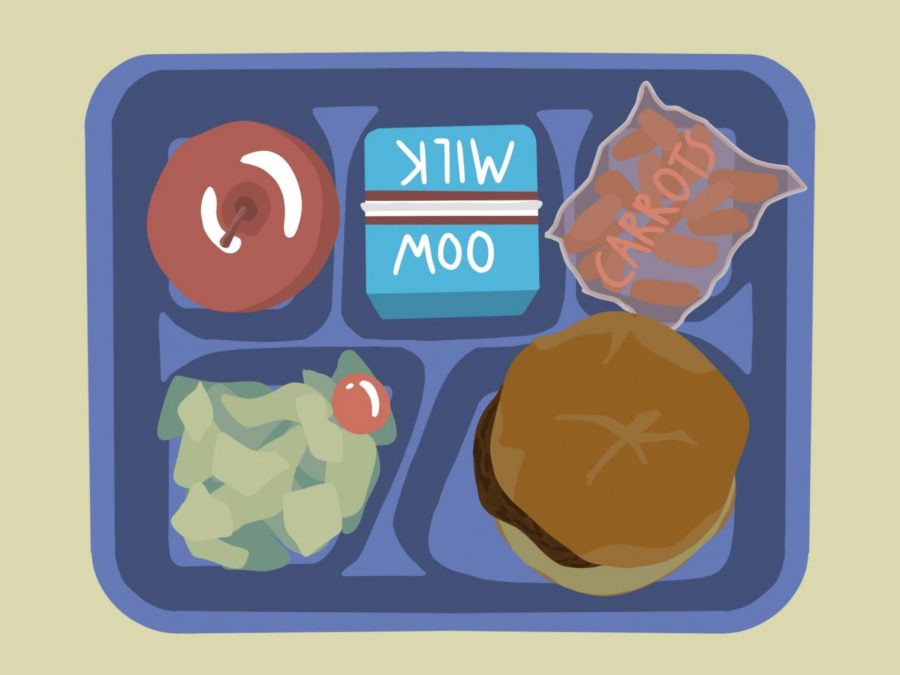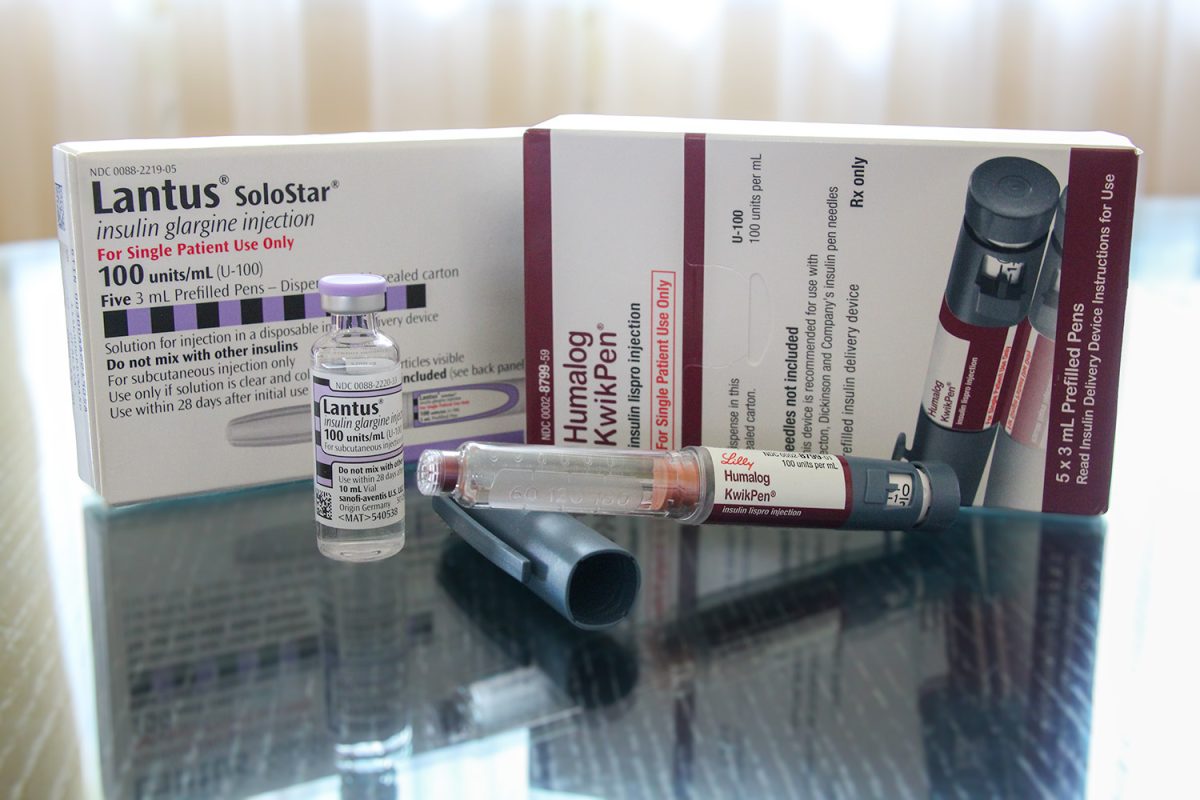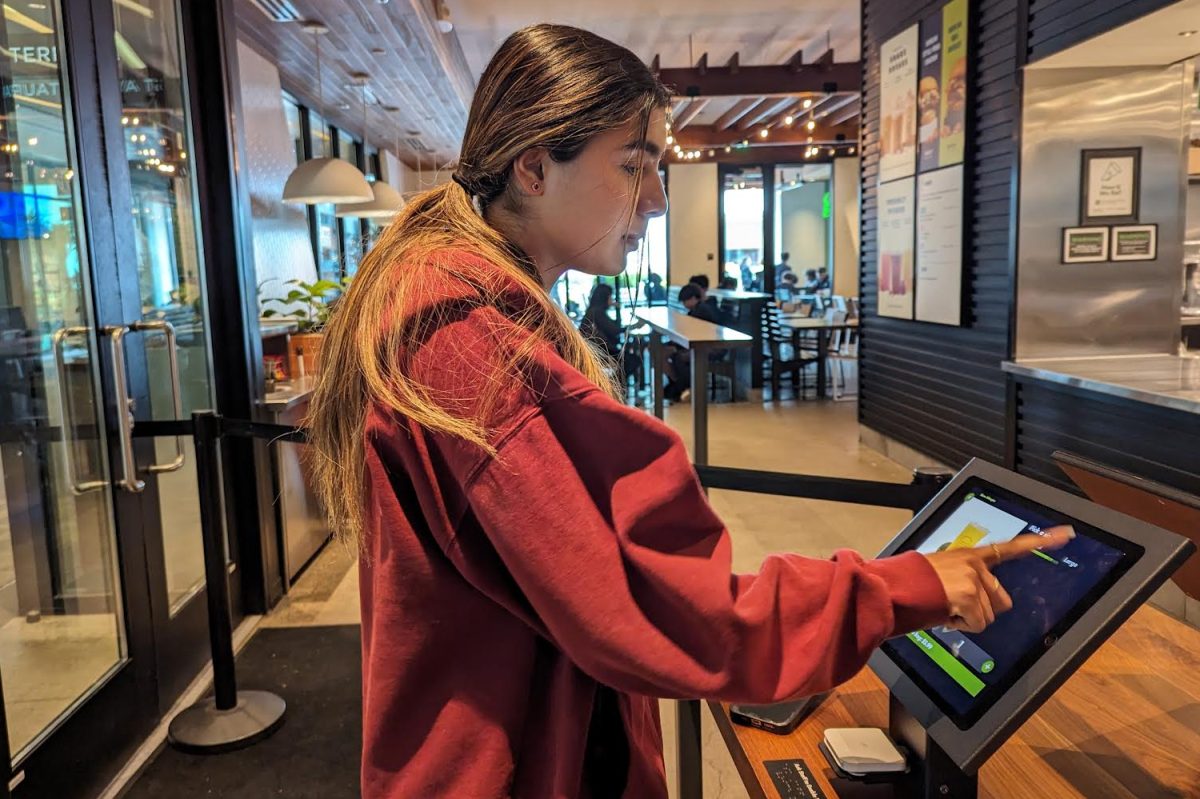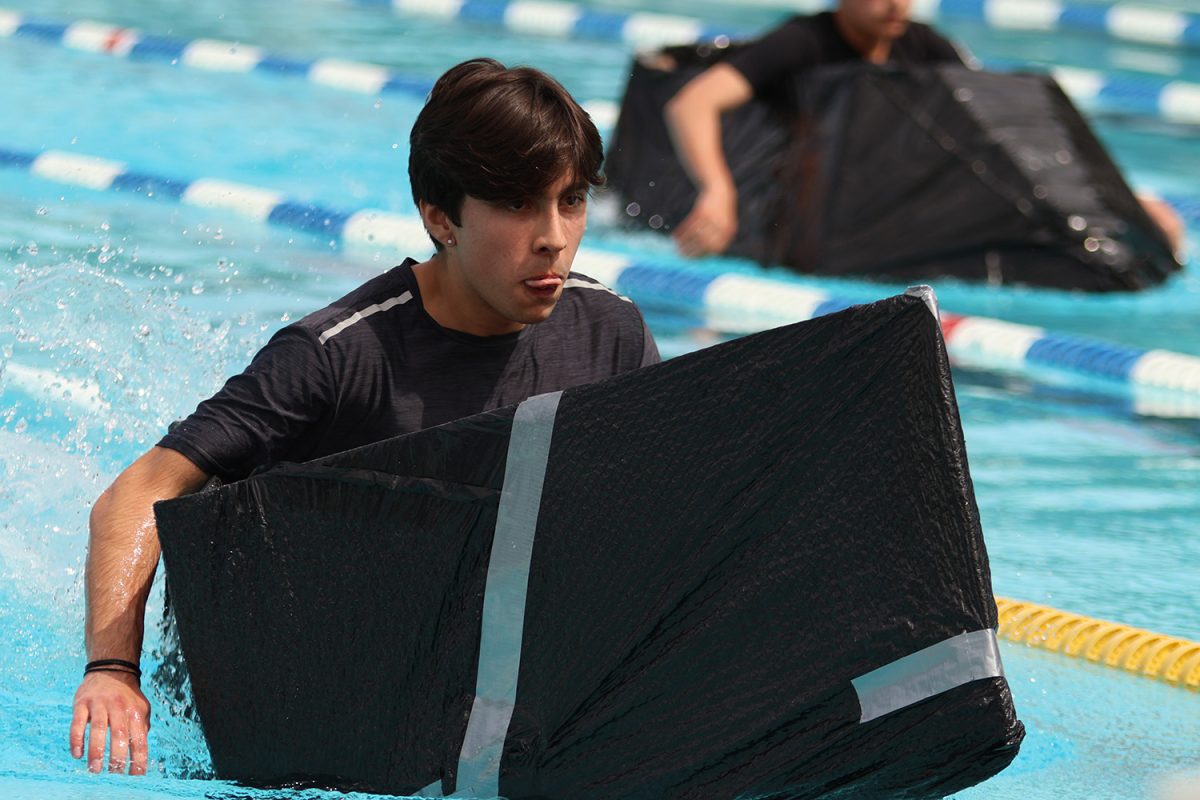For over a year, Carlmont has operated in distance learning, and many sorely miss friends, teachers, and school in general. But something that isn’t missed is the lunches.
“I only eat school lunch currently because it’s free, and it is decent enough to eat, but the food usually is not the best and tastes fake or weird; it’s like airplane food,” said Talin Negandhi, a sophomore who opted for in-school learning after spring break.
By 1970, most American public schools boasted school lunch programs, according to Everyday Health. Half a century later, over 30 million students eat school-provided lunches every day, but the problem of school lunches has not been solved.
Initially, schools began to cater to the childrens’ taste by serving hot dogs, hamburgers, and pizza; coupled with candy and sodas from vending machines, lunches practically became fast food. In fact, in some cases worse than fast food. A 2009 investigation by USA Today found that meat served in school cafeterias would not have even passed USDA standards for fast-food restaurants, exceeding the E-coli levels.
However, the growing concern for kids’ health promoted several reforms, the latest being the Healthy Hunger-Free Kids Act that took effect in 2012. This strengthened the nutrition standards of the meals and drinks served. Voilà! School lunches became healthy. The menu? A mystery meat hamburger, low-fat chocolate milk, a packaged whole-grain bread roll, a side of raw baby carrots, and an apple. Unfortunately, not very mouthwatering. Half of that probably makes its way to the trash can.
“I don’t eat everything that is served because either it is too much food, or it isn’t that appetizing,” Negandhi said.
This highlights a problem. Just because the nutrition is on the plate doesn’t mean it’s going to be eaten.
The mid-day meal is far more important than one may believe. Physically, it acts as an energy boost for the rest of the school day. Brookings found that students from schools contracted to healthy food providers scored four percentiles higher on end-of-year tests. More importantly, school-provided lunches are the only options for students whose families cannot afford to put meals on the table. According to a TED talk by Abby Miller, every classroom has at least four students who do not eat regularly at home.
The kids who rely on school lunches will learn that chicken tenders and hamburgers are the norms. But they are not. Obesity is a serious problem in America; the CDC reports 19.3% of kids and adolescents are obese. Schools should be the role model for healthy eating: however, they teach kids to be unhealthy.
“What is education exactly?” asked Abby Miller, a consultant, and dietitian, during a TED talk, “if a student can balance an algebraic equation, but cannot tell you how to balance a meal, are they really educated?”
France has an outstanding lunch program. A documentary by CBS shows a pre-school that serves five-course lunches to their 3-year-old students. Furthermore, in both rich and lower funded public high schools, the staff go to great lengths to serve the kids quality lunches from scratch. Despite everyday gourmet meals, in France, only 3 to 4% of children and adolescents are obese, according to the National Library of Medicine.
The difference between French and American school lunches goes beyond the budget. The respect and effort towards lunches are on different levels.
In eastern Washington, many schools invested in their lunch programs to serve entrees from scratch and provide vibrant salad bars. Within five years, school districts found a 12% reduction in overweight and obese students. This goes to show the importance of the effort and investments that go into school lunch programs for the sake of teaching students to eat healthily.
“School meals are important, and when we understand that, we will invest the time and the resources that these programs need to be successful and impactful,” Miller said.























